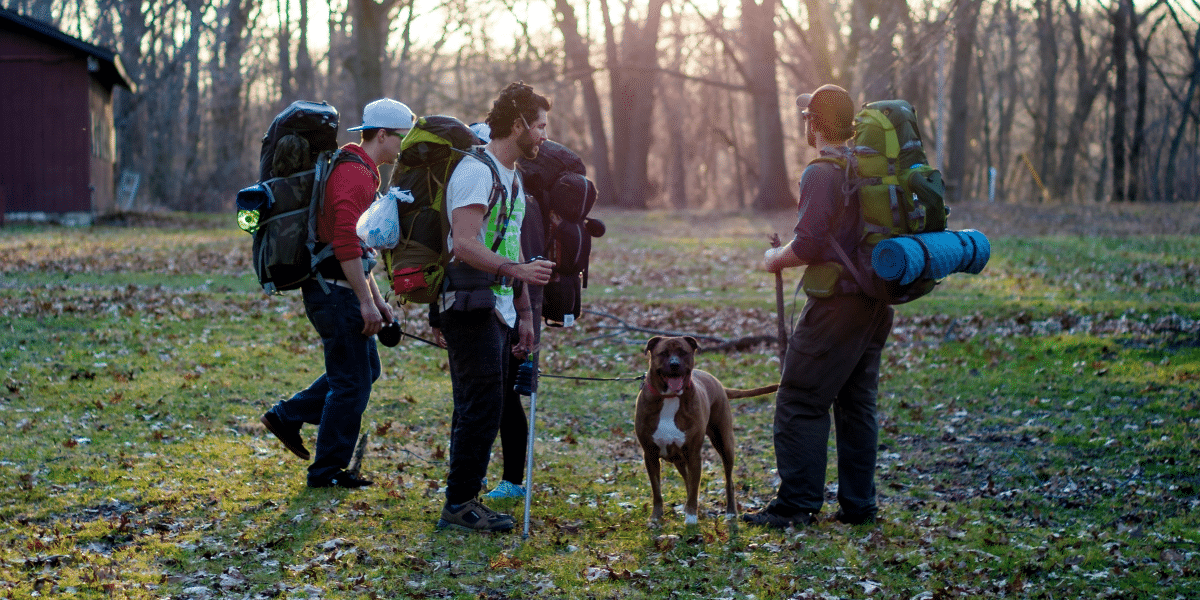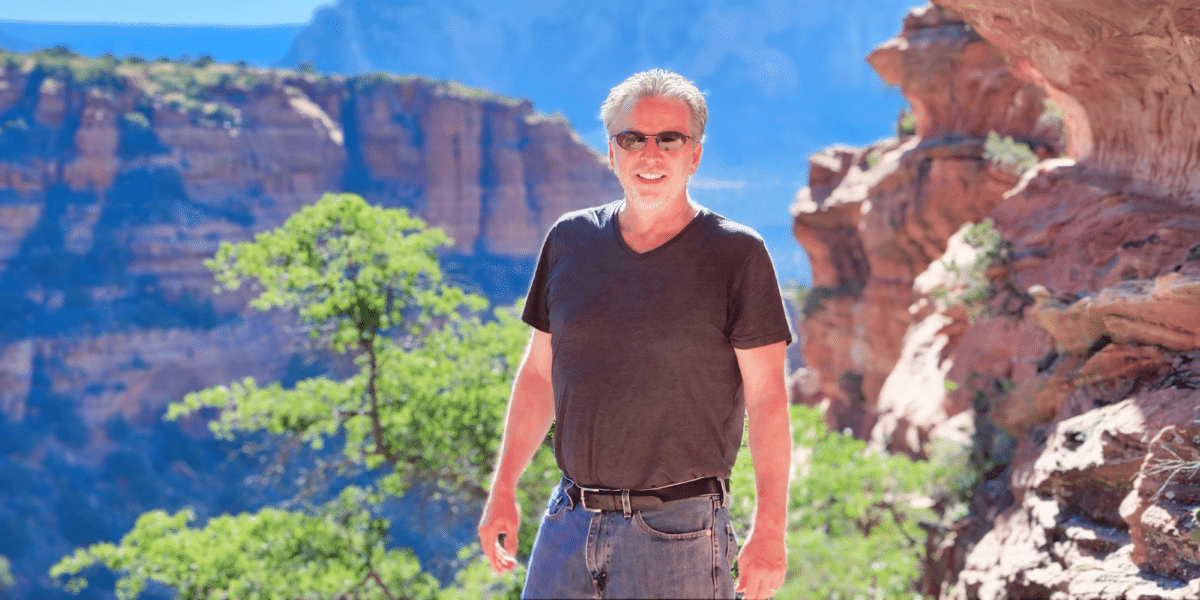The Joy of Gardening: Cultivating Happiness in Green Spaces
Therapeutic Connection with Nature
Gardening is more than just a hobby; it’s a source of joy, relaxation, and fulfillment. Whether you have a sprawling backyard or a tiny balcony, the act of tending to plants brings about numerous benefits that make gardening a truly enjoyable and rewarding activity.
Engaging in gardening fosters a deep and therapeutic connection with nature. The tactile experience of digging in the soil, planting seeds, and nurturing plants provides a calming effect. The sights, sounds, and scents of the garden create a serene environment that promotes mental well-being.
Gardening is a lesson in patience and persistence. Watching a seed transform into a vibrant plant requires time and care. This slow process teaches valuable life skills, encouraging gardeners to be patient, persistent, and appreciative of the gradual growth and development in both plants and oneself.
A garden is like a living canvas waiting to be painted. Gardeners have the opportunity to express their creativity through plant selection, arrangement, and landscape design. Whether creating a vibrant flower bed, a soothing herb garden, or a thriving vegetable patch, it allows for endless artistic expression.
Stress Relief and Relaxation
The act of gardening has been proven to reduce stress and promote relaxation. The physical activity involved, combined with the soothing environment of the garden, helps lower cortisol levels and contributes to an overall sense of well-being. Taking a break to weed, water, or simply admire the plants can serve as a welcome escape from daily stressors.
Gardening invites a profound connection to the changing seasons. Planting in spring, tending to the garden in summer, harvesting in fall, and preparing for winter all create a sense of rhythm and harmony with nature’s cycles. This connection to seasonal changes enhances the appreciation for the passage of time.
The act of caring for living things instills a sense of responsibility and purpose. Whether it’s watering, fertilizing, or protecting plants from pests, gardeners become stewards of life. Witnessing the fruits of their labor, from blooming flowers to bountiful harvests, reinforces the impact of nurturing and caring for living organisms.
Health Benefits
Gardening is a physical activity that offers a range of health benefits. From digging and planting to weeding and harvesting, the various tasks involved contribute to improved flexibility, strength, and cardiovascular health. Additionally, exposure to sunlight while it allows for the natural production of vitamin D.
Gardening often extends beyond individual plots to community gardens. Participating in communal gardening activities fosters a sense of belonging and encourages the sharing of knowledge and resources. Community gardens become hubs for social interaction, where like-minded individuals come together to celebrate a shared love for plants and green spaces.
Homegrown Rewards
The ultimate joy of gardening comes from reaping the rewards of one’s efforts. Whether it’s enjoying the fragrance of freshly bloomed flowers, savoring the taste of homegrown vegetables, or simply relishing the beauty of a well-tended garden, the tangible and intangible rewards make the time and energy invested in gardening truly worthwhile.
In essence, gardening is not just about growing plants; it’s about cultivating happiness, fostering a sense of connection, and creating a space that nurtures both the soul and the soil. The sheer joy derived from watching a garden flourish is a testament to the profound impact that this timeless activity can have on one’s overall well-being.













